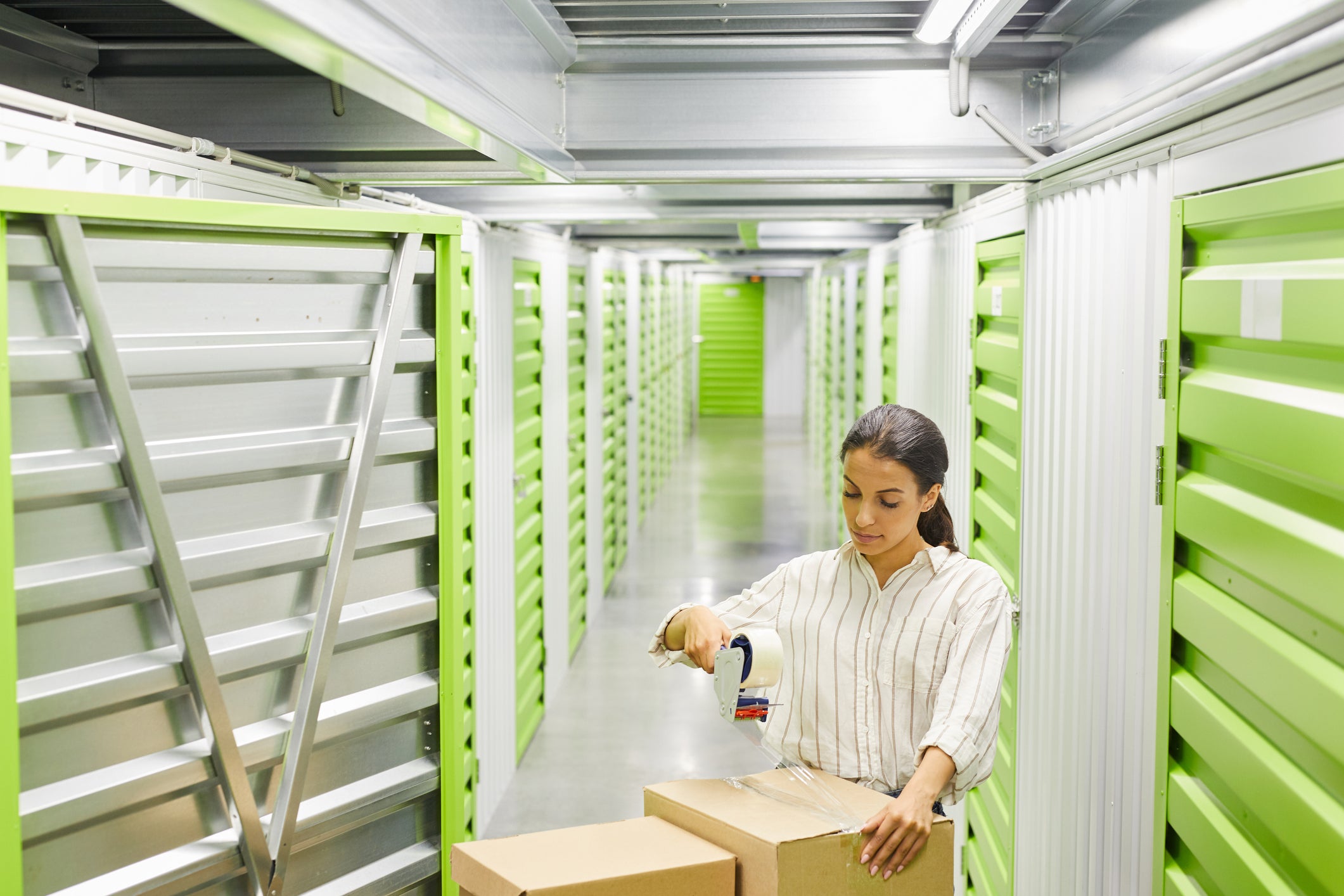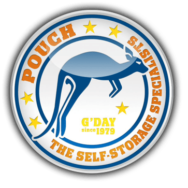How To Organize a Storage Unit

When you’re renting a storage unit, you will want to make the most of your allotted space. In addition to maximizing your square footage, however, it’s crucial to keep your belongings not only well protected but also accessible. When you need to retrieve something, you don’t want to have to turn your storage unit upside down looking for it or, even worse, dig through boxes. Here, we offer some organizing tips for storing your things efficiently.
- Choose the right sized space. How much space do you need for the belongings you intend to store? It’s extremely frustrating to begin packing a storage unit and realize it’s the wrong size, so make sure you do your homework before you rent a unit. Make a list of the items you wish to store and estimate how much space they’ll occupy. You can find storage calculators online to help you with this process. In general, units come in 10 by 10, which is about half the size of a one-car garage, 10 by 20, which will hold the contents of a three bedroom apartment, and 10 by 15, which falls in the middle. Some storage facilities also offer 5 by 5, 5 by 10, and 5 by 15 feet units and, on the other end of the spectrum, 10 by 25 and 10 by 30 units, large enough for a houseful of items. If you’re in doubt about the size you’ll need, it’s usually safer to go one size higher. When you’re choosing a storage unit, consider other factors, too, like whether you need a space that’s climate controlled.
- Keep a detailed inventory. While you may be able to easily recall which large pieces of furniture you have in storage, you might just as easily forget some of the smaller items. Having an accurate inventory helps you to be able to locate things when you need them, without digging through your boxes. It can also be helpful to have a map of your unit, detailing where items are located.
- Pack your items carefully. Consider clear storage bins rather than cardboard boxes. These do a better job of protecting your belongings, and they also make it easier to see what’s in the box. Know how to pack each item properly. Store electronics by removing all cords and cables and enclosing them in separate waterproof bags, then covering your equipment to keep out dust and dirt. Store clothes by folding or rolling and placing them loosely into your boxes, with silica packets to keep them dry. You can also hang clothes in garment bags on a rolling cart or in a wardrobe box. Appliances should have the hoses and tanks removed and drained before storage, should be dry before storing, and should be sprayed for pests. If you’re storing a refrigerator, leave the door ajar, and if you’re storing your grill, deep clean it and remove the propane tank before storing. Store delicate items by wrapping them in paper or bubble wrap and packing them in a study box, and store books by wrapping them in acid-free archival paper and packing them flat, not with the spine or binding pointing up.
- Label everything. Be specific. If you’re looking for a cookbook, you’ll find it much more easily if you have a box labelled “cookbooks” instead of six boxes labelled simply “books.” Label the boxes on more than one side, in case one side is obscured once everything is in storage.
- Leave space to walk. Leaving at least one pathway through your storage unit will allow you to access the things you need more efficiently, without having to drag things out or climb over things.
- Store things in a logical arrangement. Disassemble furniture and store these pieces upright, to maximize your space. Store large, heavy items on the bottom, going lighter as you go up, and make as much use of vertical space as you can. It can be helpful to use shelves if you have a number of small items to store, and it’s wise to leave a step ladder in the unit to help you reach things. Store things you’ll need to use more frequently towards the front of the unit, so you can access them more easily.
Pouch Self Storage. We’ve been operating mini-storage facilities since 1979 and we’re committed to keeping our clients’ belongings safe. Founded by John Yelland, who hails from Australia, Pouch Self Storage is named in honor of the kangaroo’s pouch- nature’s safe and secure storage spot. We’re an industry leader in design, building, and maintenance of self-storage facilities, and we strive to give our occupants the most advanced security systems available. At our nine Southern California facilities, you’ll find state-of-the-art computer monitoring systems that allow our self-storage managers to monitor the opening and closing of every storage unit door, 24 hours a day. For more information, call (800) 378-4598 or contact us through our website.
